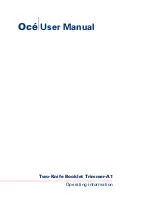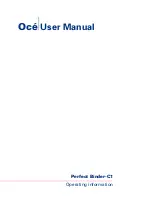
26
fastwaytrailer.com
Trailer nose is too high
or too low (cont.)
Incorrect hitch ball
height
Follow Step 8 - Trailer Pitch
Adjustment to change the
hitch ball height.
Bent or broken
L-bracket, L-pin, or
link plate
Sway control bracket
installed too far back
from the hitch ball
center
Follow Step 4 and set the
center of the sway control
bracket between 27” and
30” from the center of the
coupler socket.
Link plates not
installed upside
down for bottom-
mount coupler
Follow Steps 4 and 9 to
install and tighten sway
control brackets correctly.
Sway control brackets
slide forward or
backward along the
trailer frame while
towing.
Link plate not tight
enough
Follow Steps 4 and 9 to
tighten the link plates
correctly.
Creaking and
groaning noise
Dirty or dry friction
surfaces in the hitch
head
Clean and lubricate the
hitch ball and other friction
surfaces of the head and
spring bars (Step 10) using a
high quality bearing grease.
Noise
Noise is a normal occurrence when towing a trailer and using any weight
distribution or sway control hitch.
The majority of hitch noise can be eliminated by lubricating the hitch ball and other
friction surfaces of the head as shown in Figure 25.
If after lubricating the hitch you still experience some noise, do not be alarmed. This
is generally caused by the friction between the spring bars and L-brackets, which
means you are getting good sway-resisting friction from your hitch.
Adjusting the preload angle of the hitch head and L-bracket height so the bars are
more parallel to the frame when towing and sit flat on the L-brackets can also help
reduce noise.
Customer Support
For customer support, replacement parts, and accessories, call our toll free customer
support line: 877-523-9103, or visit our website: fastwaytrailer.com.







































